Not your usual welcome. The duty manager at New Delhi’s Taj Palace Hotel greets me on arrival. Two sari-clad and bejeweled young ladies are alongside. One paints a small dot, Hindu style, on my forehead to help ‘concentration and clear thinking’. The other wraps a white silk shawl around me which carries symbols of the six Buddhist virtues: Charity, Uprightness, Forbearance, Dispassion, Dauntlessness, and Contemplation. I certainly have something to contemplate, as somewhat abashedly I admit that this is my first visit to India. Still, the old definition of a journalist provides comfort: someone who visits China for three days and then writes a book: China Yesterday, Today, and Tomorrow. Well, it’s India’s turn now for such books. Narendra Modi has made his country the next big thing. As I’m here for fully five days, I shall await an early call from my publisher.On my bedside table the news magazine India Today doesn’t say much about Hinduism or Buddhism. But it does highlight India’s shopping revolution, which is using the online revolution via the mobile phone revolution. This is the first country, it seems, where the online shopper can order an item, arrange delivery, inspect, try on, and only pay if satisfied. If not, you just send it back with the delivery agent. COD (or not) marries the Internet. And gives birth to a Retail Revolution.
I am in New Delhi to join the revolution. Except that it’s Modi’s ‘Second Green Revolution’, an ambitious vision to transform India’s food industry ‘from farm to fork’. Visy’s Anthony Pratt and The Pratt Foundation have brought together former Israel President Shimon Peres, Tel Aviv University, and the Ananta Aspen Centre, a leading Indian NGO, to launch the India-Israel-Australia Track ll Trilateral Dialogue on food and water security. Each country has something to offer that can help feed a hungry world. When Peres, now 91, meets the Indian leader the day before the launch, Modi recalls his 2006 visit to Israel. It made an impact. As Gujarat’s Chief Minister he introduced the drip irrigation and other Israeli technology which he credits with helping Gujarat to prosperity.
Nobody does chattering classes better than India. When I ask a New Delhi lawyer for the best article that explains Modi’s appeal, he cites an essay by Shiv Visvanathan, a prominent Indian public intellectual, whose piece bristles with quotes. ‘A strongman as leader must be the nation’s aphrodisiac… Modi is a strongman aspiring to be a statesman and India loves it, loves the claim to muscularity and decisiveness after years of symbolic impotence.’ Hard to imagine any other G20 leader attracting the same analysis.
Modi’s appeal is also evident at the World Economic Forum’s Economic Summit on India, my hotel’s big event. One of the WEF panels asks: ‘A New India: Free, Fair and Prosperous?’ The BBC tapes it as a World Debate. Moderator Nik Gowing provokes business entrepreneur Suni Bharti Mittal, civil society critic Aruna Roy, and Minister for Coal and Renewable Energy Piyush Goyal, into heated agreement on at least one topic: Indians love to talk. But otherwise the panel is at odds. Mittal insists that a paradigm economic and social shift is underway, that Modi has given India unprecedented hope, and that in five to seven years a new society will emerge. Roy, a veteran social activist and feminist, maintains that the Modi government is heavy on the rhetoric but slow to act, threatens hard won liberties, and cares little for the poor and hungry. Judged by the audience applause, Mittal –and Modi—easily win the debate.
At breakfast, the hotel’s newspaper rack is stacked with a dozen daily newspapers. But no International New York Times, Wall St Journal or Financial Times. You take them for granted in every other Asian capital. But not in this mega city of 18 million. Too much local competition. Here the Hindustan Times sells over a million copies daily, while dozens of tabloids, serve up a mix of entertainment, sports, gossip and even some news. More serious newspapers also defy the trend of print’s decline in other countries. A rapidly growing and more literate Indian middle class buys millions of newspapers every day. In English and the local languages. But that very success makes the barriers to entry for international newspapers even greater.
Like its newspapers, New Delhi’s television channels buzz nightly with coverage of everything Modi. It’s six months since his election, and while some commentators criticize him for tinkering around the edges and not being bold enough, the media honeymoon largely continues. Modi is a gifted communicator who’s won over most of India’s English-speaking business and professional classes with an impressive command of Western-style media savvy. Yet he’s even more formidable when he speaks to villagers in Uttar Pradesh in their own language. You don’t have to understand a word to watch and admire the bravura performance on television.
As the newspapers make clear the next day, however, his speech to the villagers was more than a performance. To quote the Hindustan Times: ‘The Prime Minister appealed to the villagers to ensure their children washed their hands before a meal and to check the killing of the girl child. ‘Female foeticide is shocking’ he said. ‘Let’s begin a new chapter; let’s celebrate the birth of a girl child.’ Modi said it was the small and simple things that make a difference.’ Not so small. Not so simple. India expects Modi to be more than the Prime Minister of Small Things. So do many hopeful journalists and their publishers.
Got something to add? Join the discussion and comment below.
Get 10 issues for just $10
Subscribe to The Spectator Australia today for the next 10 magazine issues, plus full online access, for just $10.

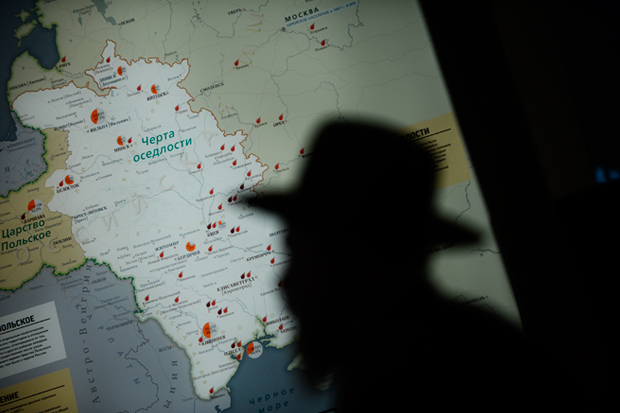
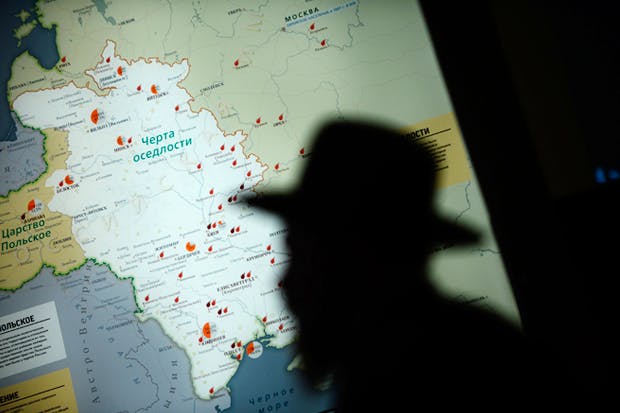

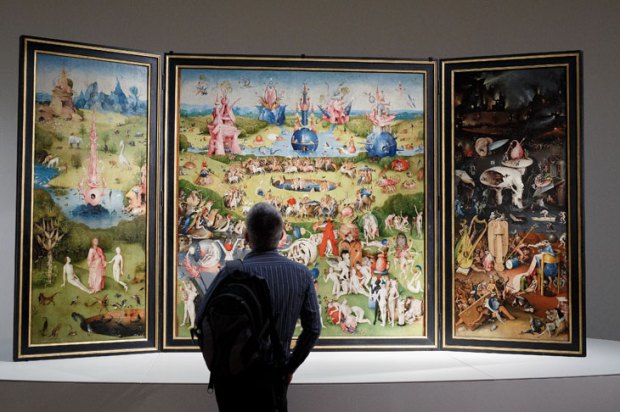
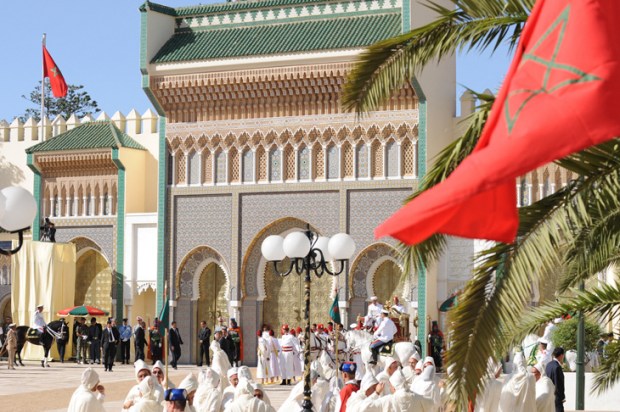
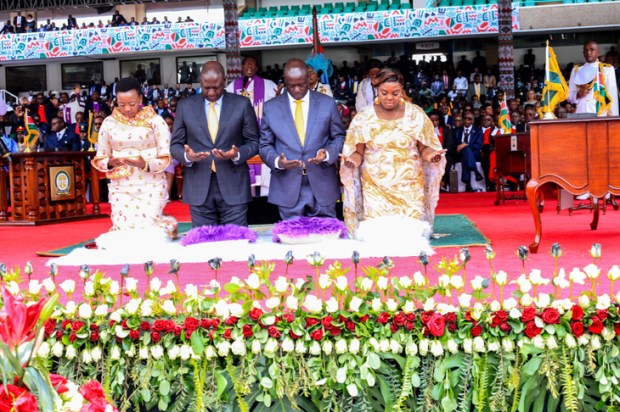






Comments
Don't miss out
Join the conversation with other Spectator Australia readers. Subscribe to leave a comment.
SUBSCRIBEAlready a subscriber? Log in